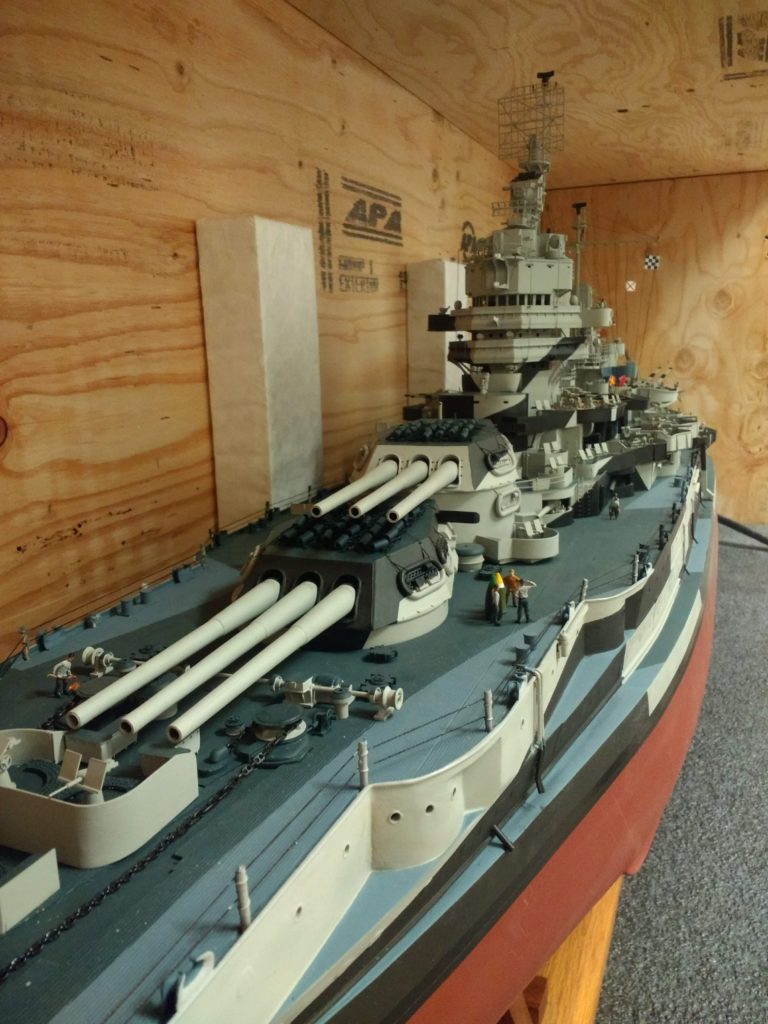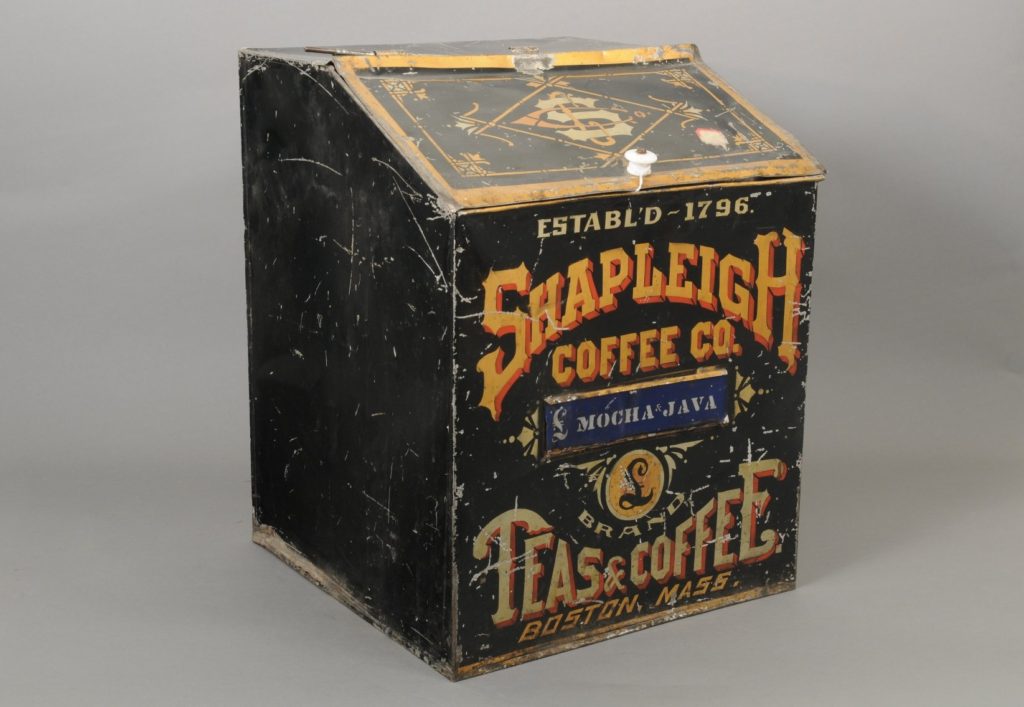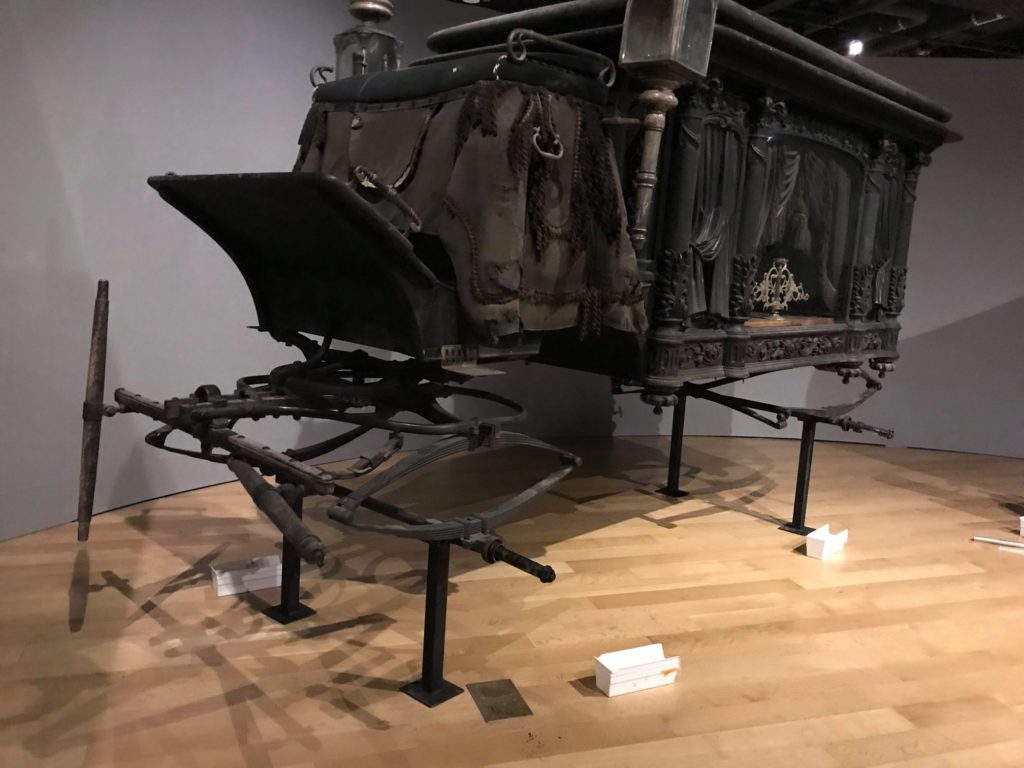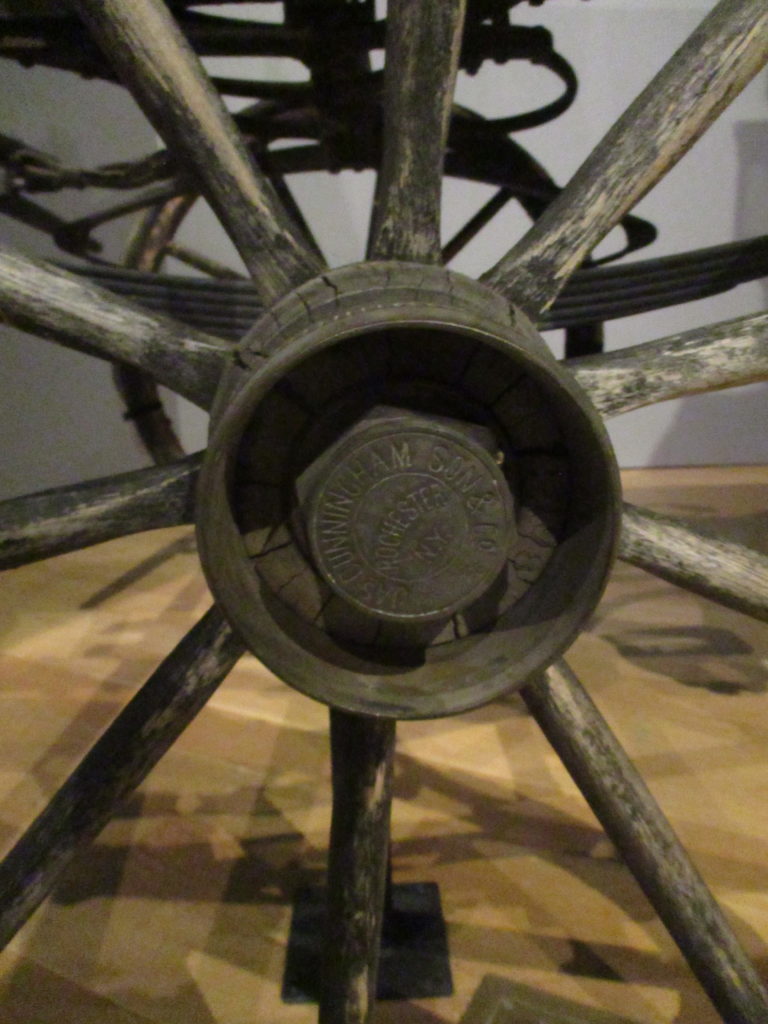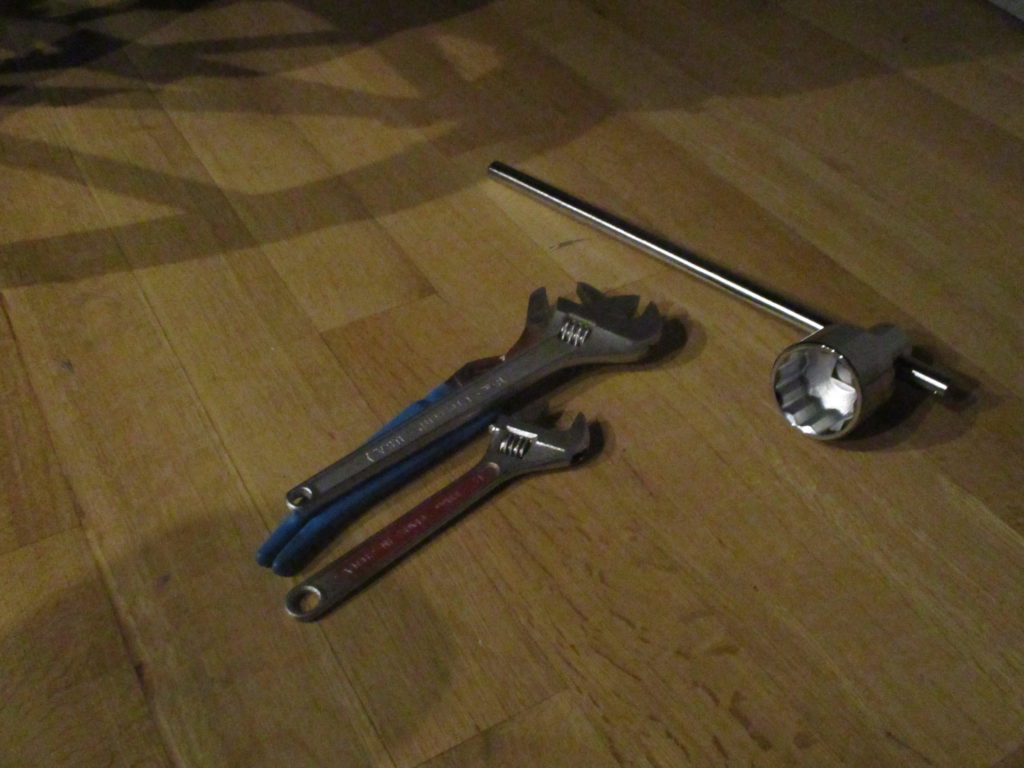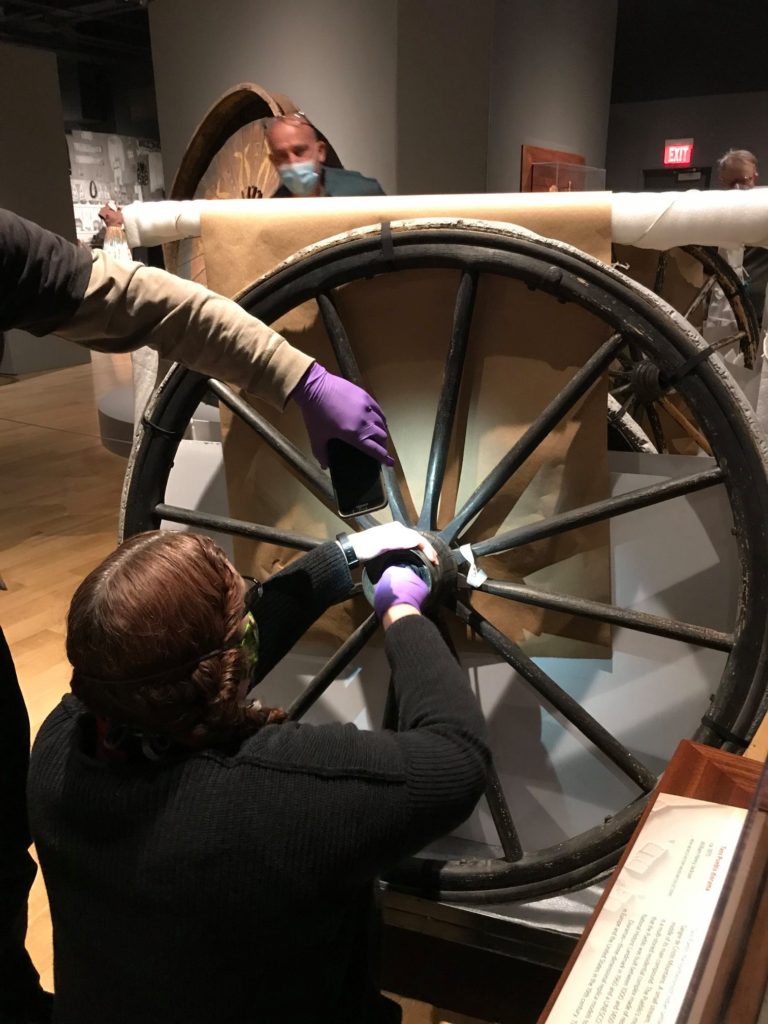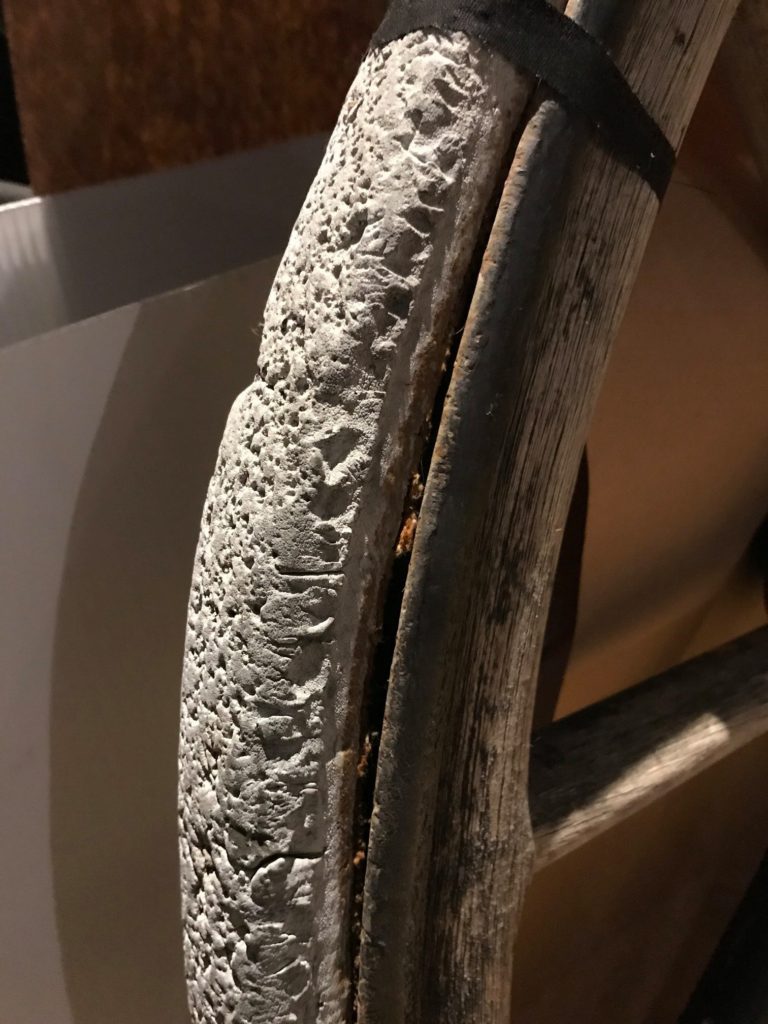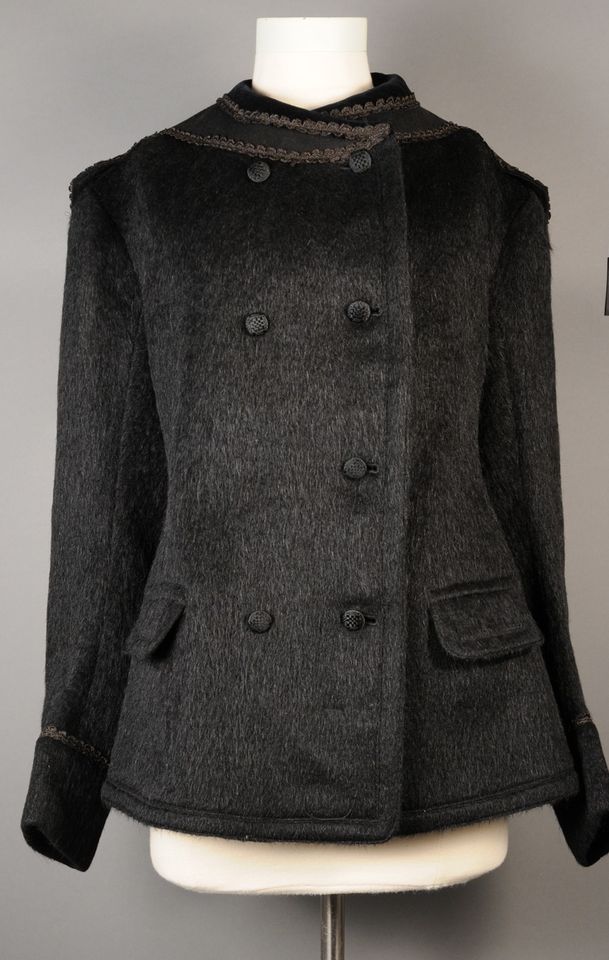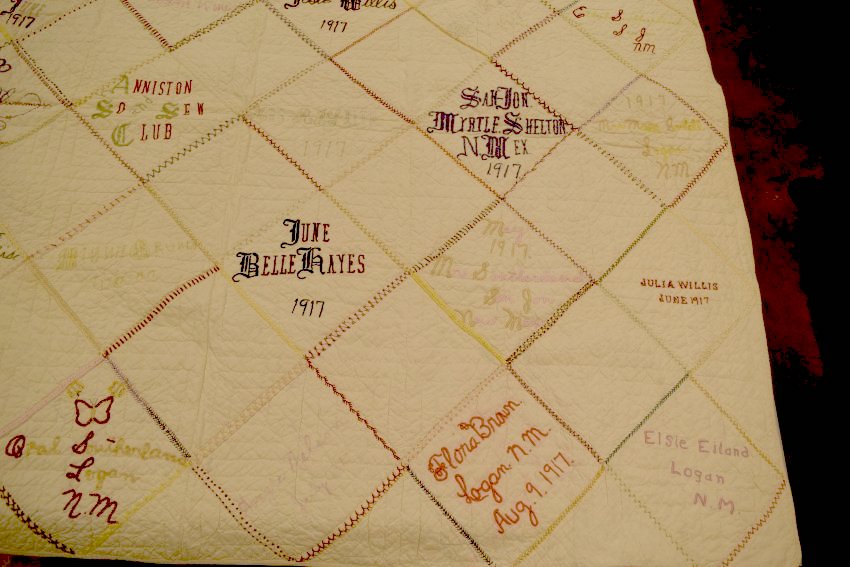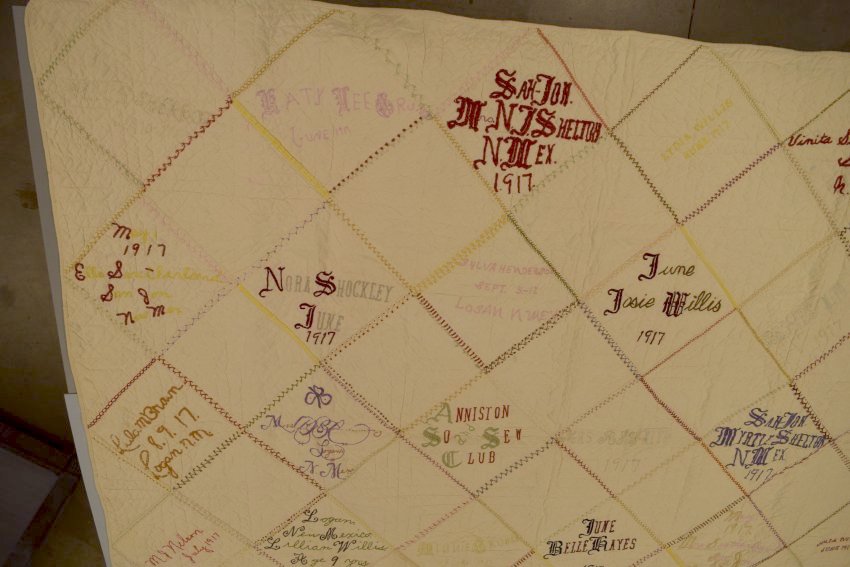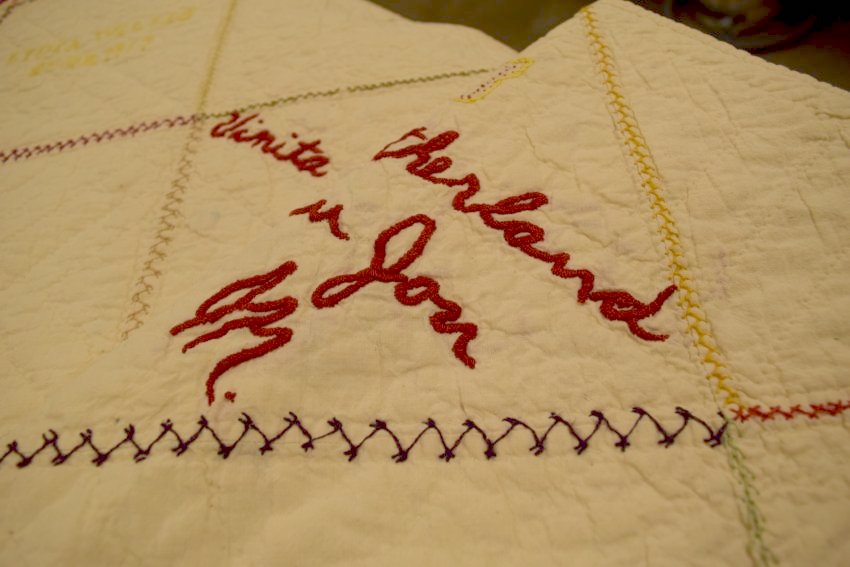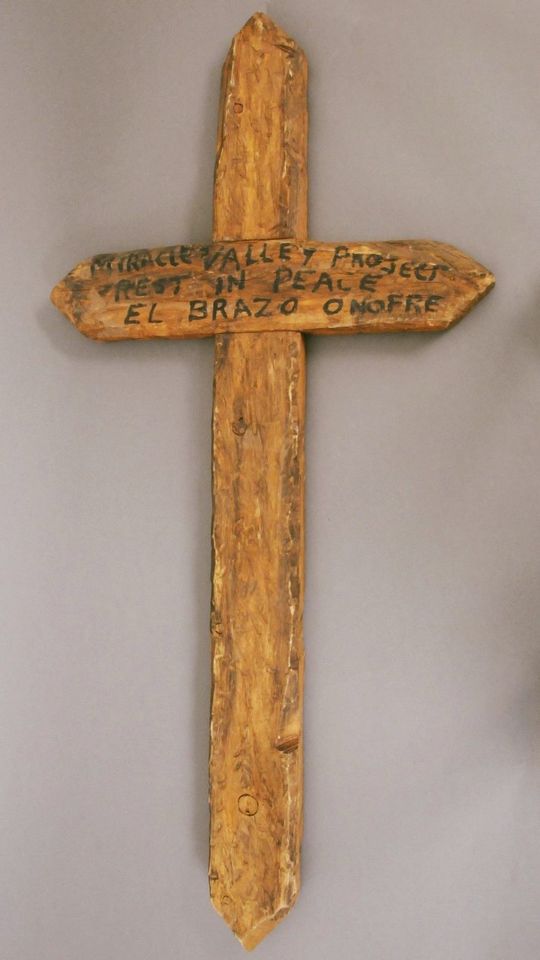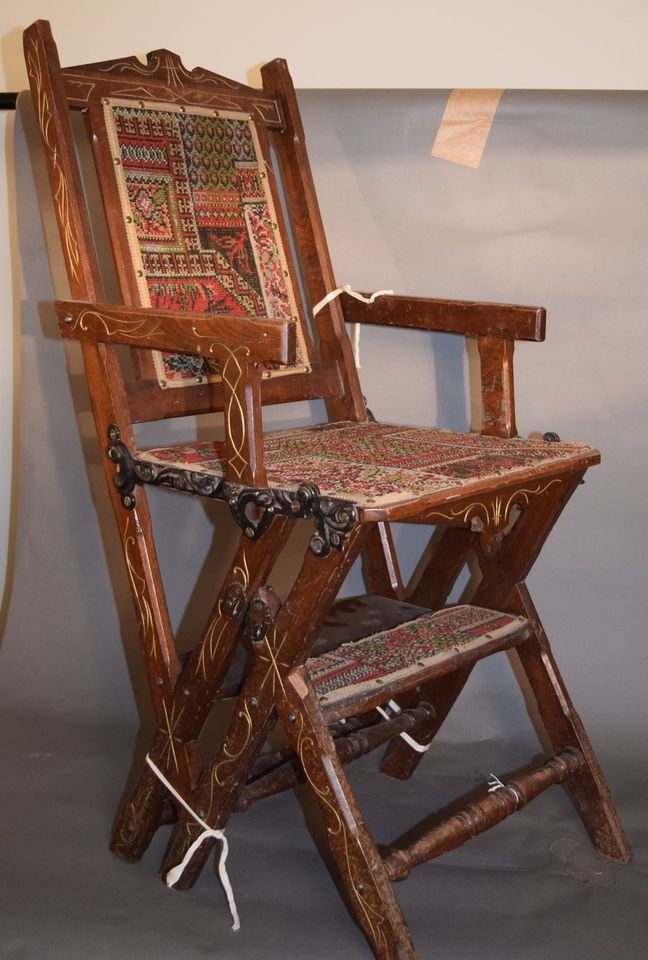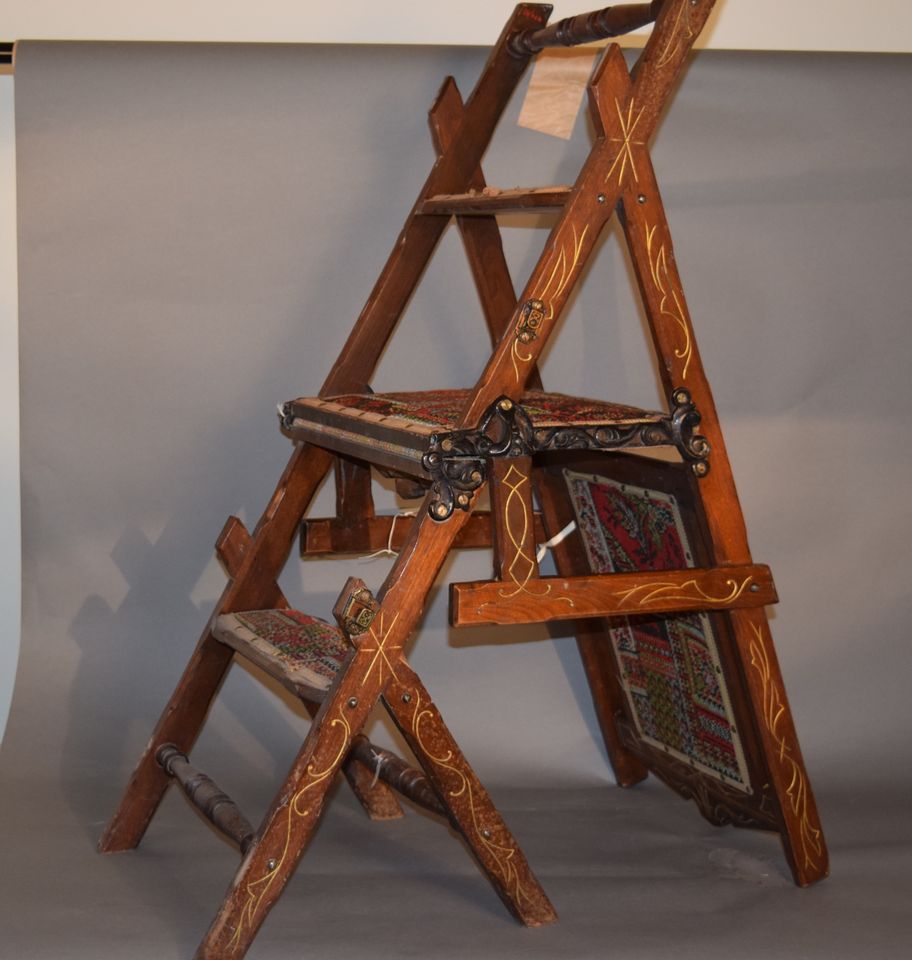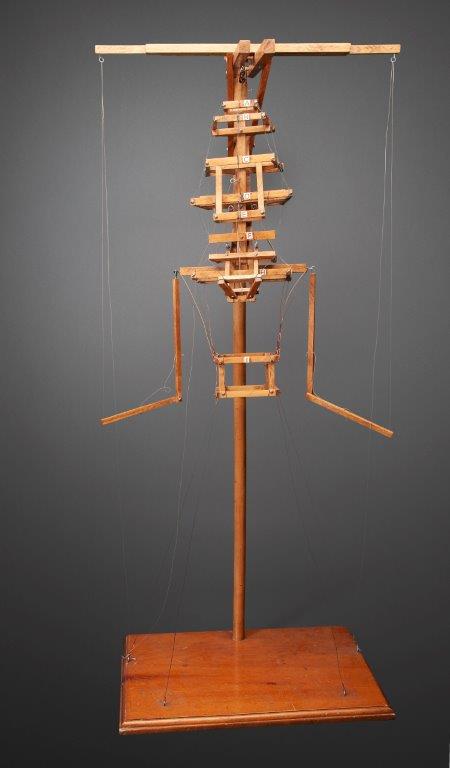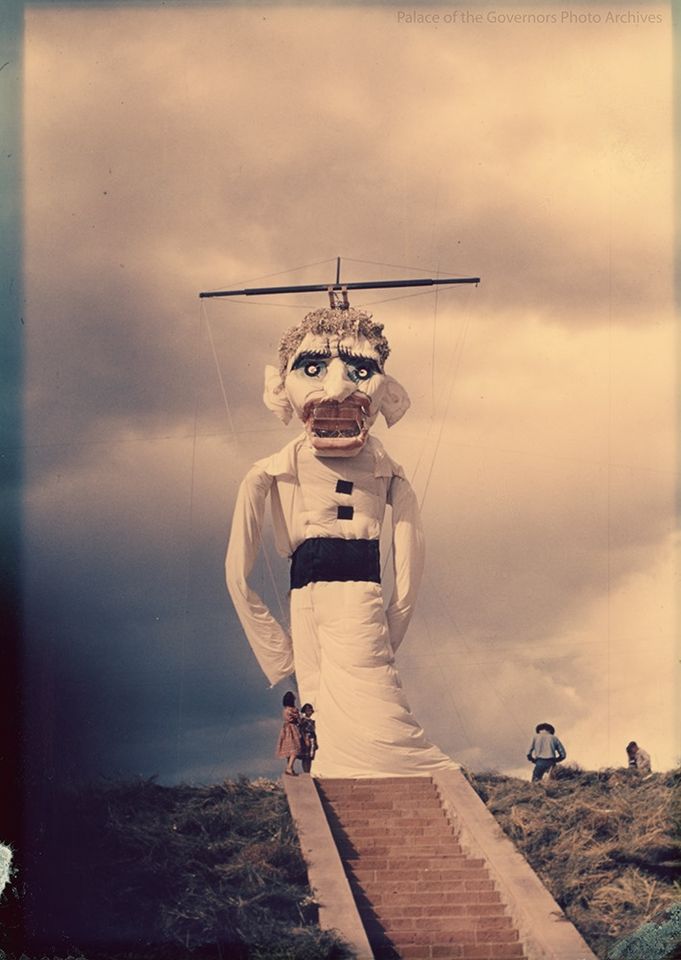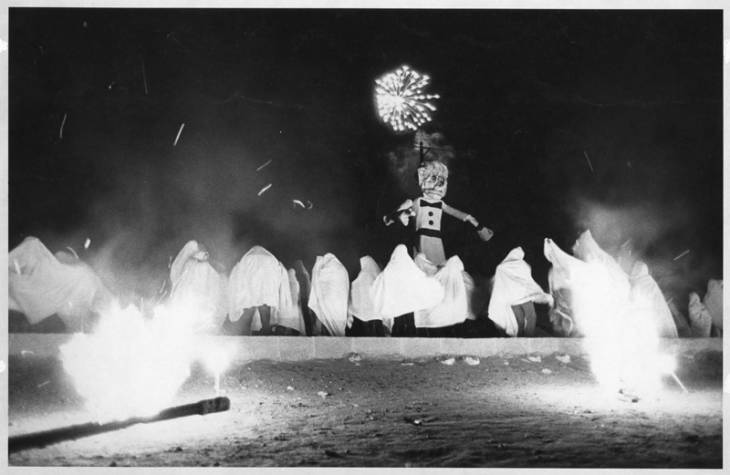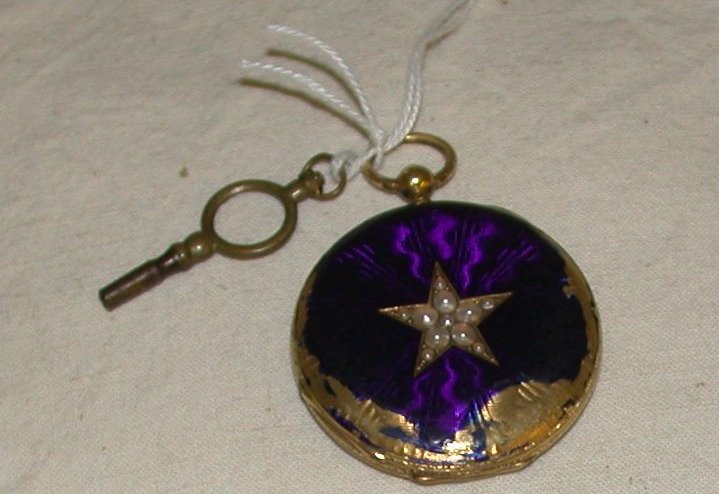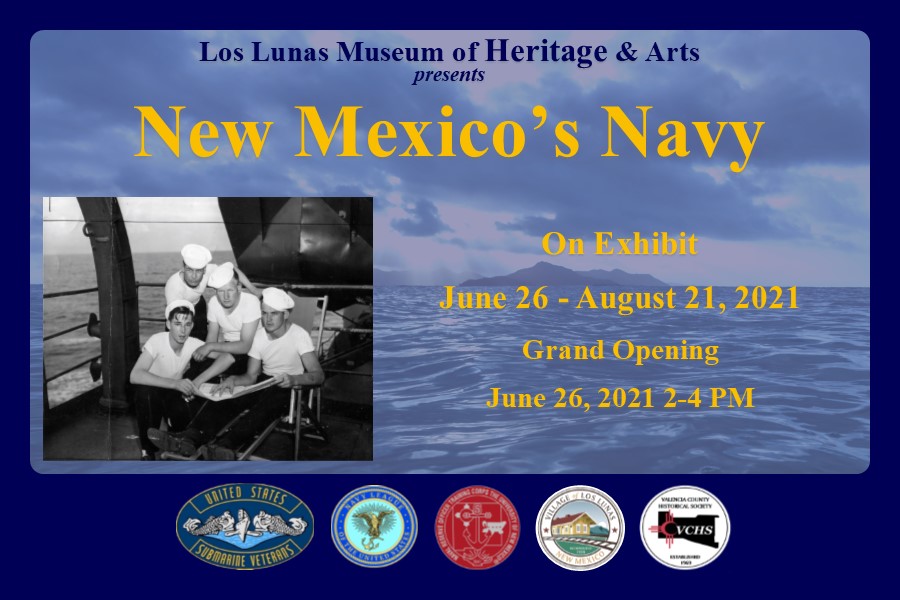
The NMHM has facilitated the loan of a USS New Mexico model battleship to the Los Lunas Museum of Heritage and Arts for their exhibition: New Mexico’s Navy, which will be on display June 26, 2021 through August 21, 2021.
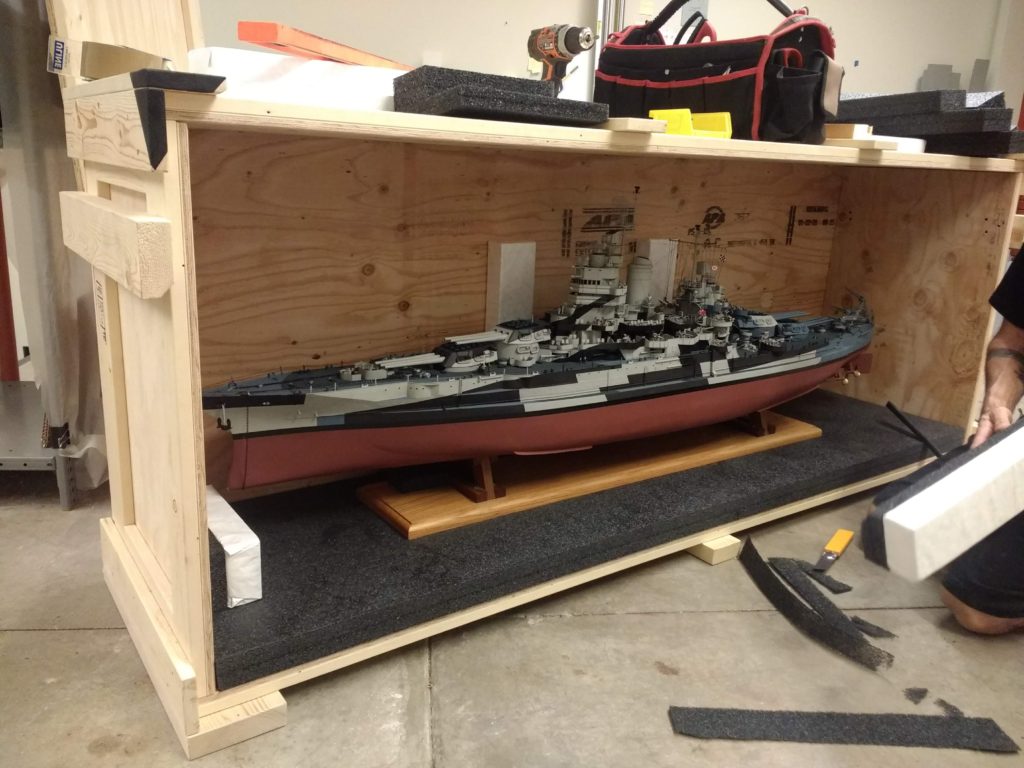
The exhibition highlights the fact that although New Mexico is landlocked, there are 95 U.S. Navy, Coast Guard, and Merchant Marine vessels that have been named after noteworthy people and geographic features in this desert state. John Taylor’s book, New Mexico’s Navy, details these ships, namesakes, images, and histories. Taylor has worked with the Los Lunas Museum of Heritage & Arts to honor these vessels and the men and women that called them home.
There is a video of a presentation by John Taylor about his book New Mexico’s Navy, on the Los Lunas Museum of Heritage and Arts Facebook page:
